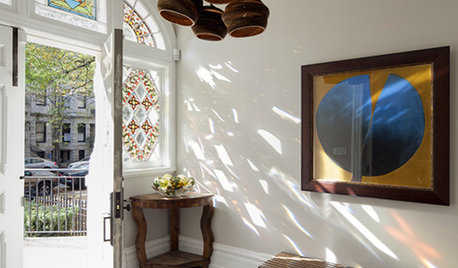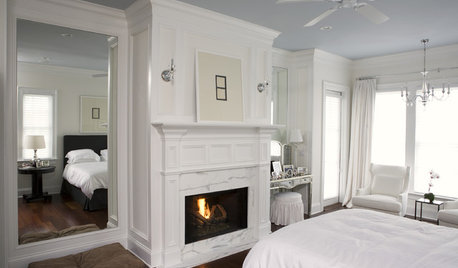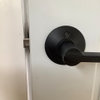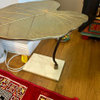Bronze Spring V-Strip Weatherstripping
twizzis
10 years ago
Related Stories

HOUZZ TOURSRare Modernist Home Uncovered in Palm Springs
A custom home by modernist William Krisel gets restored and updated
Full Story
MATERIALSShape Up Your Surfaces With New Tile Textures and Forms
Take your walls and floors to a different dimension with innovative sculptural tiles, as shown at the 2013 Coverings expo
Full Story
EDIBLE GARDENSNatural Ways to Get Rid of Weeds in Your Garden
Use these techniques to help prevent the spread of weeds and to learn about your soil
Full Story
WINDOWSSteel-Framed Windows Leap Forward Into Modern Designs
With a mild-mannered profile but super strength, steel-framed windows are champions of design freedom
Full Story
DESIGN DETAILSThe Secret to Pocket Doors' Success
Pocket doors can be genius solutions for all kinds of rooms — but it’s the hardware that makes all the difference. See why
Full Story
GARDENING GUIDES6 Plants That Beat Butterfly Bush for the Wildlife Draw
It's invasive, a nonnative and a poor insect magnet. Check out these better alternatives to butterfly bush in the garden
Full Story
REMODELING GUIDESUpdate Historic Windows for Charm and Efficiency
Renovate old windows to keep the character but lose the energy outflow from your home
Full Story
TRADITIONAL HOMESHouzz Tour: Redo Shines Light on 19th-Century Newport Beauty
The renovated Rhode Island home boasts gorgeous woodwork, an appealing wraparound porch and a newly spacious kitchen
Full Story
DECORATING GUIDESMood Makers: Luxurious Looks on a Budget
Want a high-end look in your home but feeling choked by your budget? Try these pro decorator tips to give your rooms a luxe look for less
Full Story
HOUZZ TOURSMy Houzz: Accessibility With Personality in an 1870 Home
Hand-painted murals and personal touches fill an accessible home with warmth and charm
Full StoryMore Discussions










geoffrey_b
twizzisOriginal Author
Related Professionals
Athens Kitchen & Bathroom Remodelers · Clovis Kitchen & Bathroom Remodelers · Galena Park General Contractors · Catonsville General Contractors · Del Aire General Contractors · Fredonia General Contractors · Keene General Contractors · Klahanie General Contractors · Niles General Contractors · Saint Andrews General Contractors · Tabernacle General Contractors · West Lafayette General Contractors · West Mifflin General Contractors · Fillmore Painters · Murray Paintersdmansfield
twizzisOriginal Author
sombreuil_mongrel
twizzisOriginal Author
twizzisOriginal Author
sombreuil_mongrel
geoffrey_b
twizzisOriginal Author